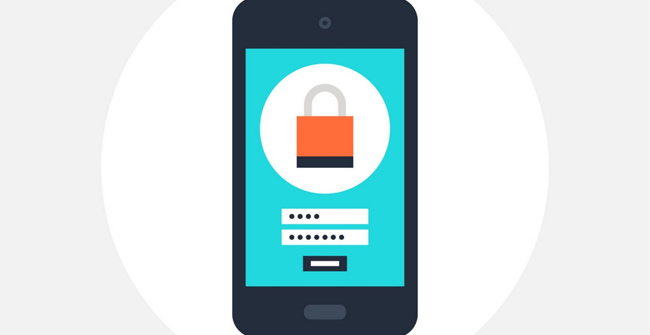

He doesn't get to choose it and has to tell the little program what the new port is whenever it changes but he's okay with that. Plex updates the IP on the service and it comes back. What I setup was he gets the port and I use a program (really old) that forwards from one port/ip to another and set the random port he gets to the plex server port. They told me their VPN allows port forwarding but he was getting confused. When they do, their plex server goes offline. The address you get will change so you'll need to know the new address often, and while DDNS is a thing, there will be a delay in how quickly it updates.įor example, I have a friend that runs plex but also uses one of these services. This is especially useful when using unsecured networks, e.g. An IPsec VPN encrypts your network traffic, so that nobody between you and the VPN server can eavesdrop on your data as it travels via the Internet. I don't know if they'll allow you to select the port you get - AND 80 is the standard web point, you'll be sharing this IP address with many others and if they allow you to pick and get 80, it might already be taken.Ĥ. Set up your own IPsec VPN server in just a few minutes, with IPsec/L2TP, Cisco IPsec and IKEv2. Make sure the VPN provider offers port forwarding.ģ. I just remembered that there is the "Privacy" "VPNs" (I have reasons for the quotes) everyone advertises today which may work in this situation too as they are mostly for shifting your traffic.

Private, explicitly between places and encryted Think of a VPN as a service (software running on a machine) that allows something else to appear as a local device, either routed or broadcast (on the same switch with no routing) Hence the name: So, you'd need to have another service (another machine on another ISP or virtual hosting which allows you to run programs/VPNs to) to run the other endpoint on. but no? It has to do with your second to last question.Īlso as a side note, I've not looked at the rules in forever so I hope I'm not about to break one.


 0 kommentar(er)
0 kommentar(er)
